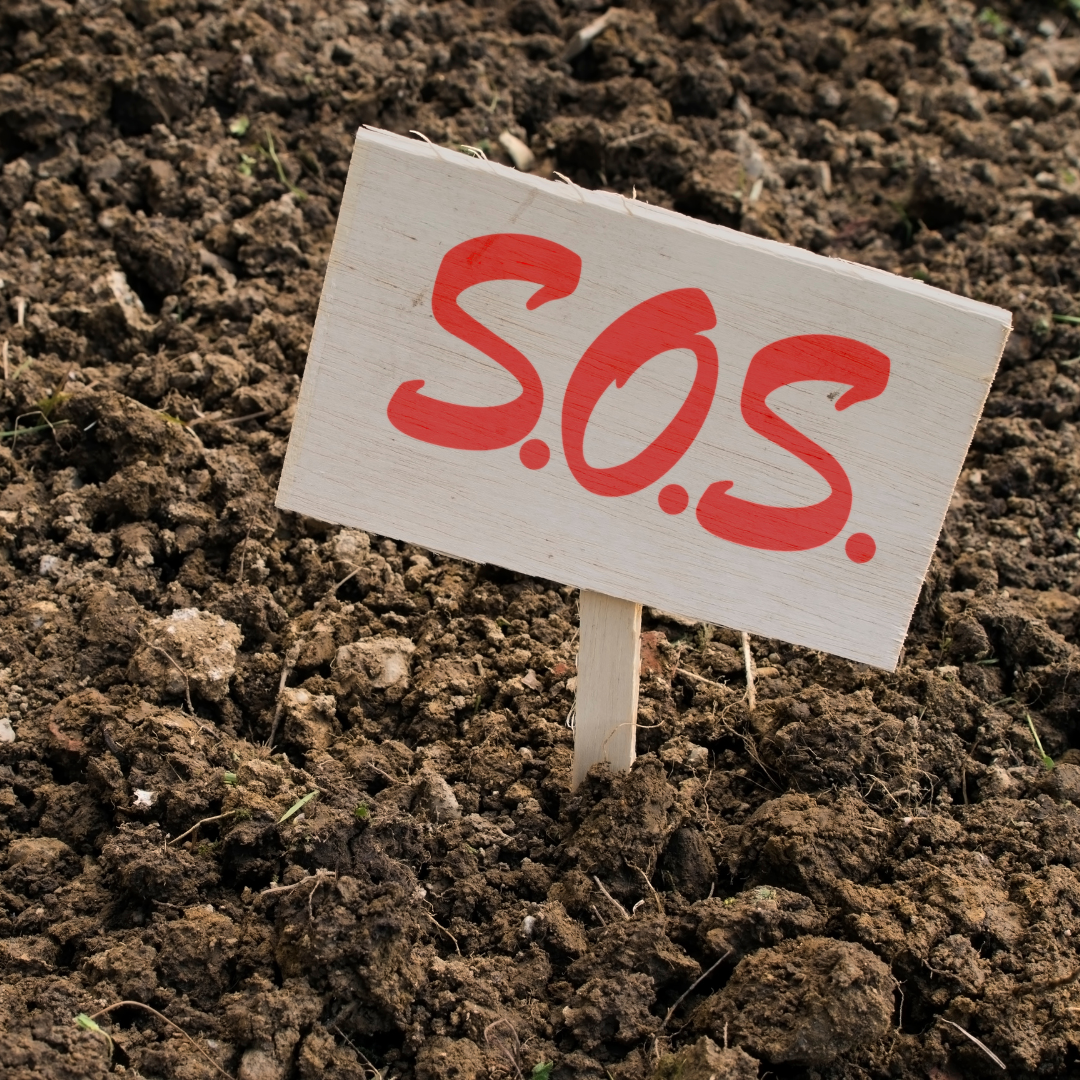Our property has heavy clay soil. Although I have brought in soil for some areas, I can't get away from dealing with the clay. If you have clay soil, you know it can be a challenge! Let's look at how to break up clay soil and improve its texture for healthier plants, better drainage and a much more enjoyable gardening experience.
What is Clay Soil?
Clay soil is known for its dense, heavy texture that can be difficult for plants to thrive in. It tends to hold onto water and nutrients, making it hard for roots to penetrate and grow. When clay soil is dry, it is hard as a rock. There is hope! Using the below methods, you can improve the structure of clay soil and create a more hospitable environment for your plants.
How to Break Up Clay Soil

Breaking up clay soil improves the soil structure, enhances drainage, prevents waterlogging, and allows roots to spread more easily. This can lead to healthier plants, increased yields, and a more vibrant garden overall.
1. Start by adding organic matter such as compost, leaf mold, or well-rotted manure to the soil. This will help improve drainage and add essential nutrients to the soil.
2. Use a garden fork or a broadfork to gently loosen the soil without turning it over. This will help break up compacted areas and improve aeration.
3. Avoid working with clay soil when it is wet, as this can cause further compaction. Wait until the soil is moist but not waterlogged before attempting to break it up.
4. Consider using a soil conditioner specifically designed for clay soil, such as gypsum or perlite. These products can help improve soil structure and make it easier for plants to grow.
5. NEVER ADD SAND. Sand will combine with the clay and make concrete!
Additional Tips for Working with Clay Soil

- Mulch your garden beds to help retain moisture and prevent erosion.
- Choose plants that are well-suited to clay soil, such as roses, daylilies, and hostas.
- Rotate your crops regularly to prevent soil depletion and maintain soil health.
- Use broad boards when walking in the garden. This will distribute your weight and protect the soil.
-Plant a cover crop with deep roots to break up compacted soil in the fall. Allow them to grow and then till in the spring before they go to seed. In cooler climates, frost and freezing will kill off some cover crops. Just leave the crop and allow it to become mulch. You can plant clover, buckwheat, winter wheat, alfalfa, fava beans, oats, barley or ryegrass.
Give some of these tips and techniques a try. You can successfully break up clay soil and create a thriving garden that will be the envy of your neighbors.
Gardening is a labor of love and a trying of the patience. Experiment with different methods until you find what works best for your soil. Happy gardening!

